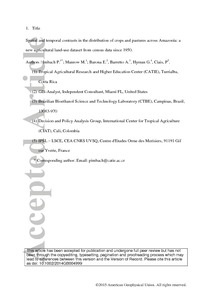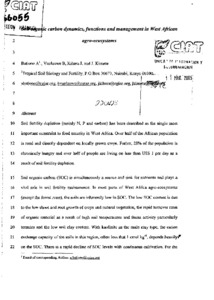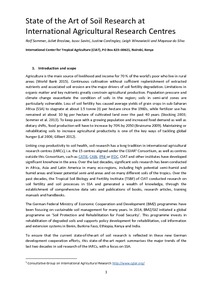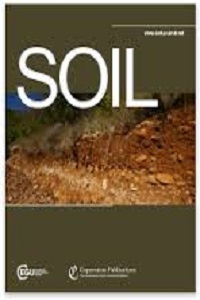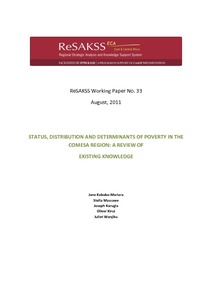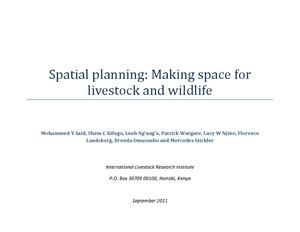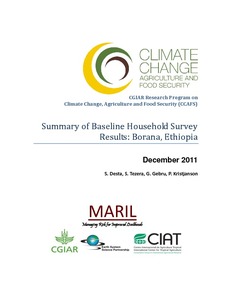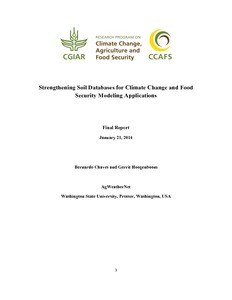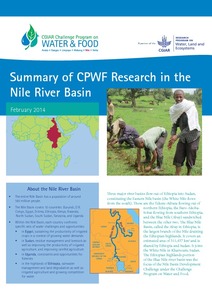parcours
AGROVOC URI:
Soil organic carbon dynamics, functions and management in West African agro-ecosystems
Spatial correlates of land-use changes in the Maasai-Steppe of Tanzania: Implications for conservation and environmental planning
Spatially explicit models are becoming increasingly important tools for simulating land-use change. In this study, we formulated and tested models that incorporated spatial correlates of agricultural expansion and used them to predict local- and landscape-scale patterns of agricultural land-use change and its implications in the Maasai-Steppe of Northern Tanzania. We evaluated the relationship between agricultural land-use and its spatial correlates using Multiple Logistic Regression on data derived from satellite imageries for the year 2000.
Soil organic carbon stocks in semi-arid West African drylands: implications for climate change adaptation and mitigation
In the West African drylands, SOC sequestration is seen as one of the prominent strategies to both enhance the resilience of agro-ecosystems and mitigate global greenhouse effects. However, there is a dearth of baseline data that impede the design of site-appropriate recommended management practices (RMPs) to improve and sustain SOC accrual.
Status, distribution and determinants of poverty in the COMESA region: A review of existing knowledge
Poverty and vulnerability are among the major problems in Eastern and Southern Africa (ESA). To design appropriate poverty reduction initiatives for the region, it is not only important to understand the distribution of poverty but also the determinants. Various reports have documented information on the status, distribution and determinants of poverty in each of the countries.
Spatial planning: Making space for livestock and wildlife
Soil restoration after seven years of exclosure management in northwestern Ethiopia
Ecological restoration through exclosure establishment has become an increasingly important approach to reversing degraded ecosystems in rangelands worldwide. The present study was conducted in northwestern Ethiopia where policy programs are aiming to restore degraded lands. Changes in soil properties following establishing exclosures on communal grazing lands were investigated. A space-for-time substitution approach was used to monitor changes in soil properties after conversion of communal grazing lands to exclosures with ages of establishment ranging from 1 to 7-years.
Summary of baseline household survey results: Borana, Ethiopia
Strengthening Soil Databases for Climate Change and Food Security Modeling Applications
Climate change is a hazard to the food security of a growing world population since it affects agriculture and likewise, agriculture and natural resource management affect the climate system. The relationships between all these factors including polices, political conditions, economical management and pest and diseases, and how they interact are not currently well-understood, nor are the advantages and disadvantages of different responses to climate change.
Summary of CPWF research in the Nile river basin
Three major river basins flow out of Ethiopia into Sudan, constituting the Eastern Nile basin (the White Nile flows from the south). These are the Tekeze-Atbara flowing out of northern Ethiopia, the Baro-Akoba- Sobat flowing from southern Ethiopia, and the Blue Nile (Abay) sandwiched between the other two. The Blue Nile Basin, called the Abay in Ethiopia, is the largest branch of the Nile draining the Ethiopian highlands. It covers an estimated area of 311,437 square kilometers and is shared by Ethiopia and Sudan. It joins the White Nile in Khartoum, Sudan.

